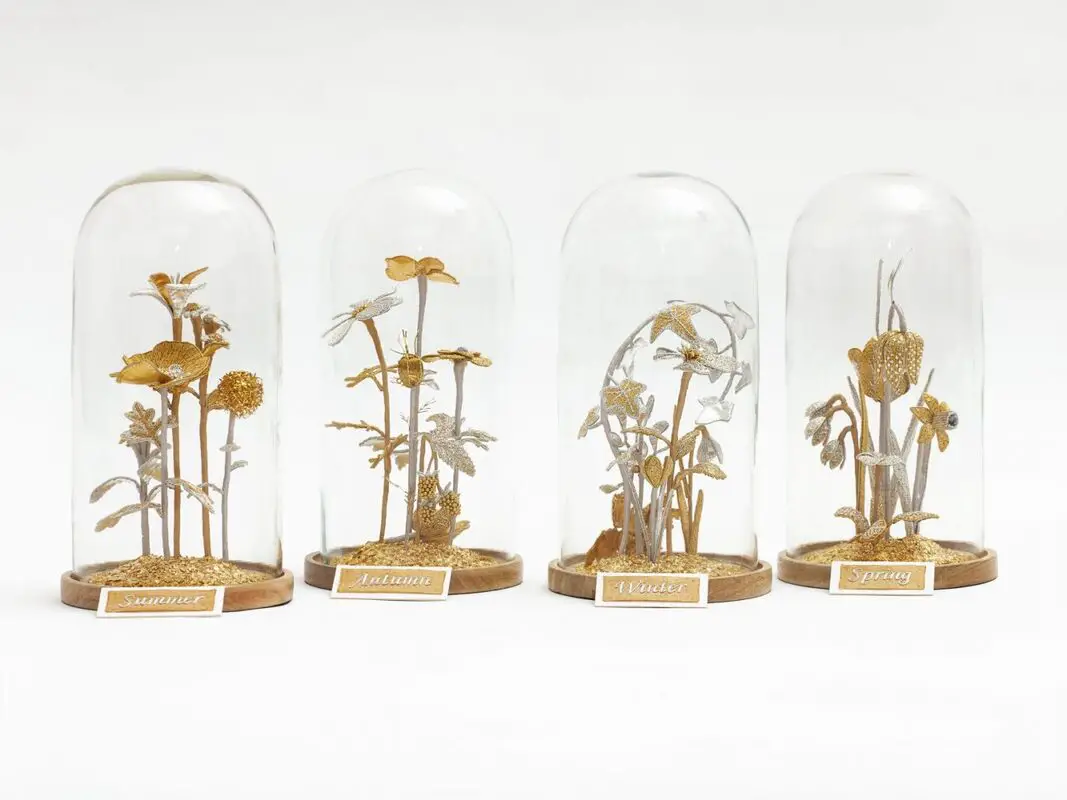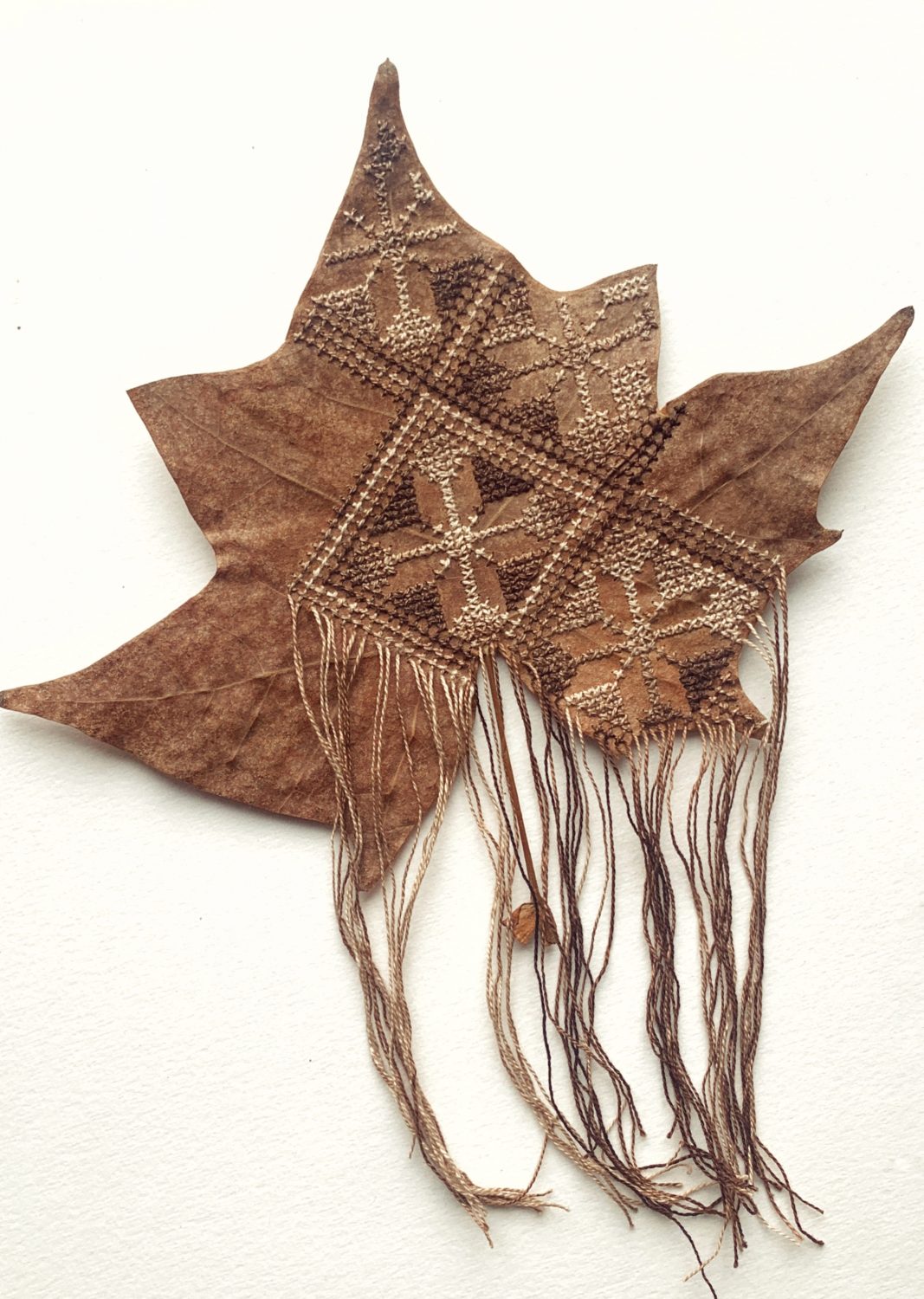Welcome back to another Goldworx blog!
I’ve been teaching goldwork lately and it dawned on me that to the average non embroiderer/ goldwork newcomer, the vast array of all the metal thread names is probably quite confusing and complicated. goldwork is unlike any other embroidery techniques due to the variety of different threads and uses, compounded further by their confusing names. So in today’s blog I thought I would create a basic useful guide to goldwork threads – hopefully this will come in handy.

goldwork threads can be divided into two main categories; couching threads and cutwork threads/purls.
Starting with cutwork threads or purls, there are a number of different types of purls but they all are made in the same way – a tightly coiled wire, in various shapes, giving each its own characteristics. Purls are a hollow tube, and once cut to length they are stitched onto your fabric much like a bead would be. It is important that you handle these threads carefully to prevent over-stretching and damage.
Smooth purl is a strand of wire wound in an even coil, creating a perfectly round hollow tube. The surface of the metal has been burnished slightly causing the wire to have a bright shine. In the picture below you can see smooth purl in the prawns tail and the crabs arms and claw.

Rough Purl – is made in the same way as smooth purl except the surface of the metal has been left unfurnished and rounded, this makes it have a matte appearance. This can be seen in picture above in the prawns body and the pale crabby’s arms.
Bright Check is made in a similar way to the smooth and rough purl, but instead of being coiled in a circular way it is made in a triangular motion. This causes an uneven texture and reflects the light beautifully. Like the smooth purl, bright check uses wire that has been so it has a high shine. The crabs shiny body is an excellent example of bright check.
And the final cutwork thread is Wire Check/Dull Check this is the matte dull shine version of Bright Check, and is made in the same way. It can be seen on the pale champagne coloured crabs body and the prawns body as well.
Couching threads are ones that are laid onto the fabric, normally in pairs, and then held down with a holding stitch perpendicular to the metal threads

Pearl Purl, so called as it looks like fine string of pearls, is a vital thread to any goldworker. It is made with wires that are considerably thicker than other types of purl threads this makes it perfect for outlining. Before Pearl Purl is used it is lightly stretched to open up small gaps between the ‘pearls’, your thread should slip between the coils and become invisible. You can also see an example of this above outlining the foxes tail and on his ears in Becky Hogg’s goldowork kit.
And that’s it! Your very basic run down of the essential goldwork threads for beginners. If you like the look of Beck Hogg’s work you can find out more here. And if you fancy a look at the type of goldwork iI do you can have a look at my instagram here.
Until next time!






